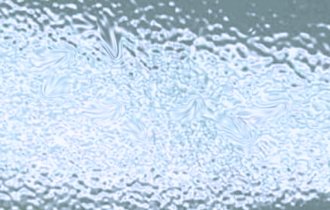Paint Orange peel problems

This section covers the more common orange peel or poor flow and pebbling problems when painting.
Note: The best way io repair is after the colour is thoroughly hardened, if the orange peel is only light rub out the surface with a fine compound and polish. If condition is very bad, wet flat back with P600 wet and dry and respray.
Cause of Orange peel paint surface
- Spraying over surface contaminated with wax, grease and especially silicone.
- Using wrong type or poor grade thinner.
- Insufficient thinning of colour.
- Too high air pressure.
- Improper adjustment of spray gun.
- Poor spray gun technique. Holding gun too far from or too close to surface.
- Spraying in draught.
- Coats applied too dry and thin.
- Cold shop or metal temperatures.
- Plugged up spray gun or airline.
Orange peel Prevention
1. Spray over properly cleaned surface, completely free of wax, oil and silicone.
2. Use thinner as recommended by paint manufacturer. Use a little thinner.
3. Clean and adjust spray gun properly.
4. Use lowest air pressure that will give good atomization.
5. Use good spray gun technique. Hold spray gun 150—250 mm (6—10 in) from surface, and always keep gun at right angles to the area being sprayed.
6. Prevent draughts on job.
7. Apply wet coats of thin to medium thickness.
8. Shop and metal should be at normal temperatures, preferably between 16 and 24 °c.
9. Compressor should supply sufficient air. Be sure air transformer and lines are not dirty or plugged up.



